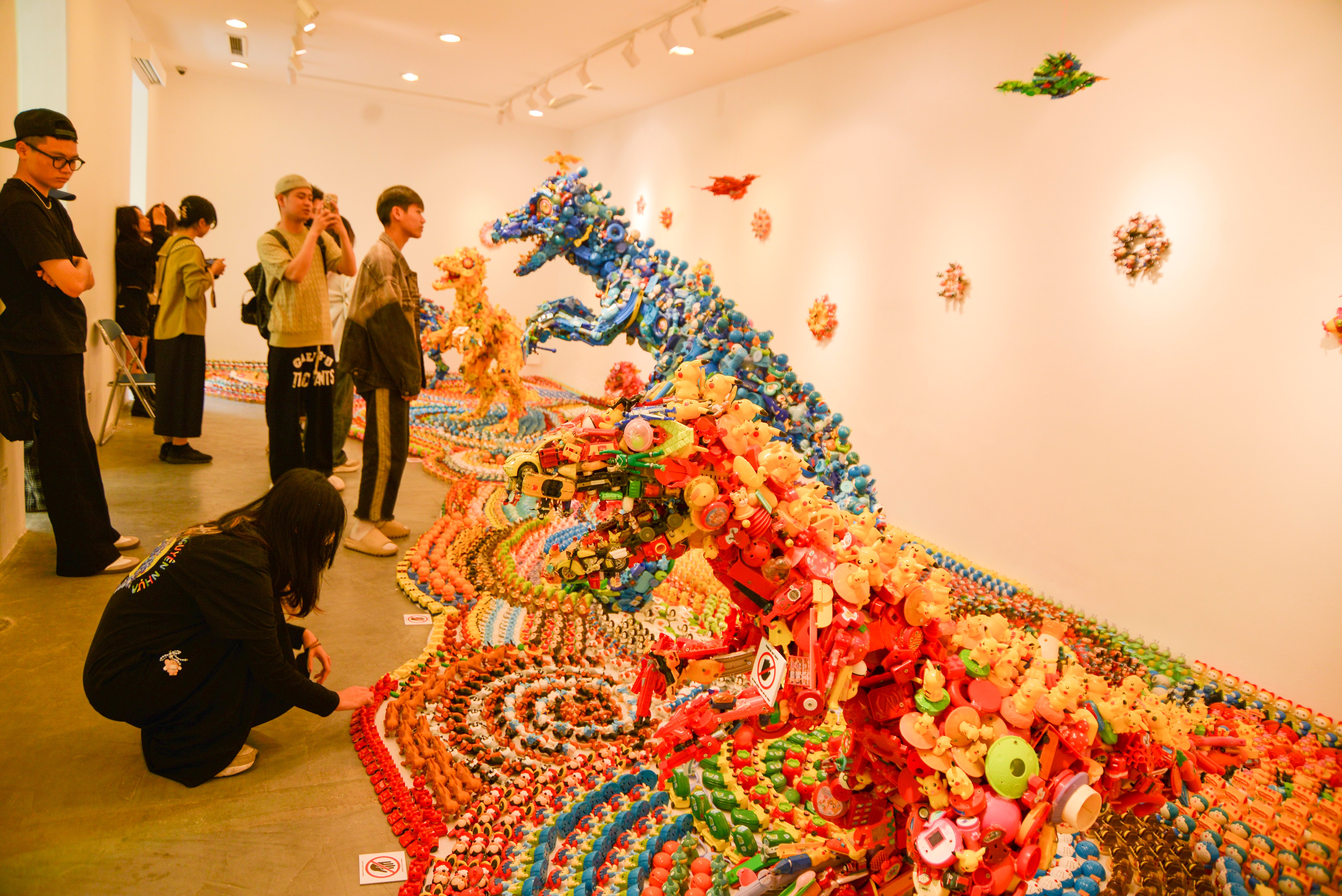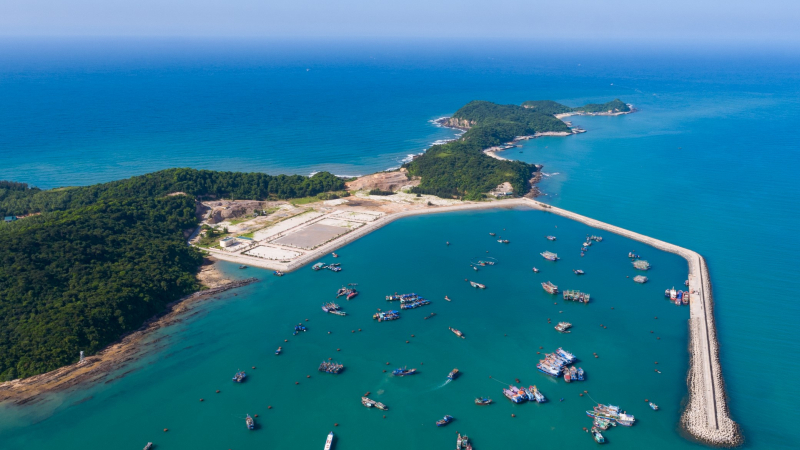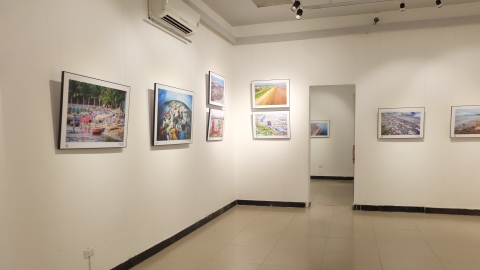The exhibition is not only a colorful visual feast but also carries a strong message about consumerism and the impact of plastic waste on the environment. Fuji Hiroshi’s works are not simply colorful dinosaur and animal statues but also contain stories about the circulation of matter, from the past to the present and the future.
Fuji Hiroshi is one of Japan's most famous sculptors, known for using recycled plastic to create socially reflective artworks. Since the 1970s, he has been interested in the prevalence of plastic in everyday life.

Exhibition "Plastic Era"
Every year, millions of tons of plastic are released into the environment, of which plastic waste from children's toys accounts for a large part. Due to its non-biodegradable nature, plastic can last for hundreds of years, polluting the soil, water and seriously affecting the ecosystem.
When he realized that a large amount of toys were being thrown away, he came up with the idea of turning these unwanted items into works of art, both to reduce waste and to convey a message about the environment. Because of that, over the years, Mr. Fuji has persistently collected more than 50,000 plastic toys from all over Japan.
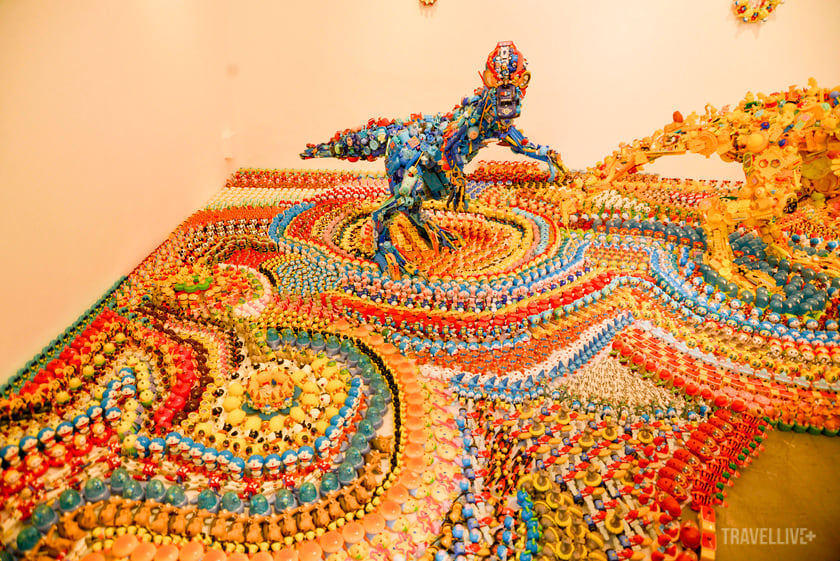
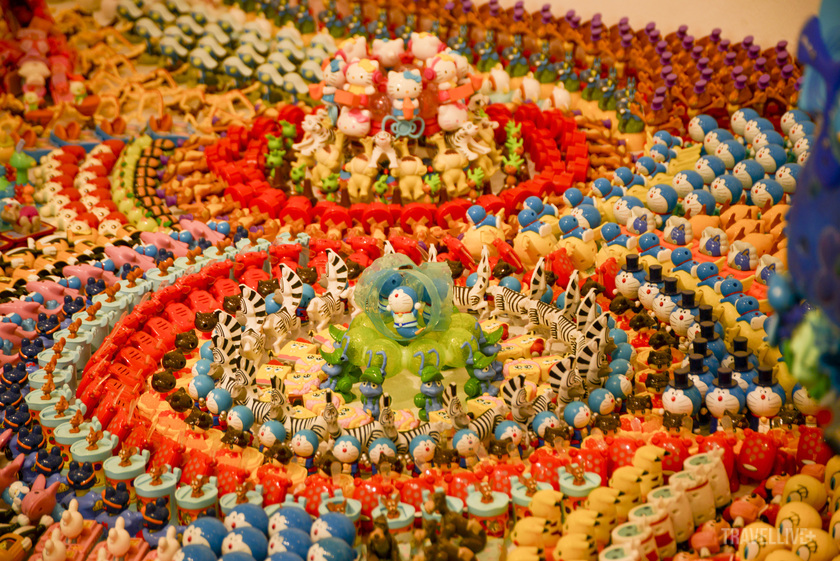
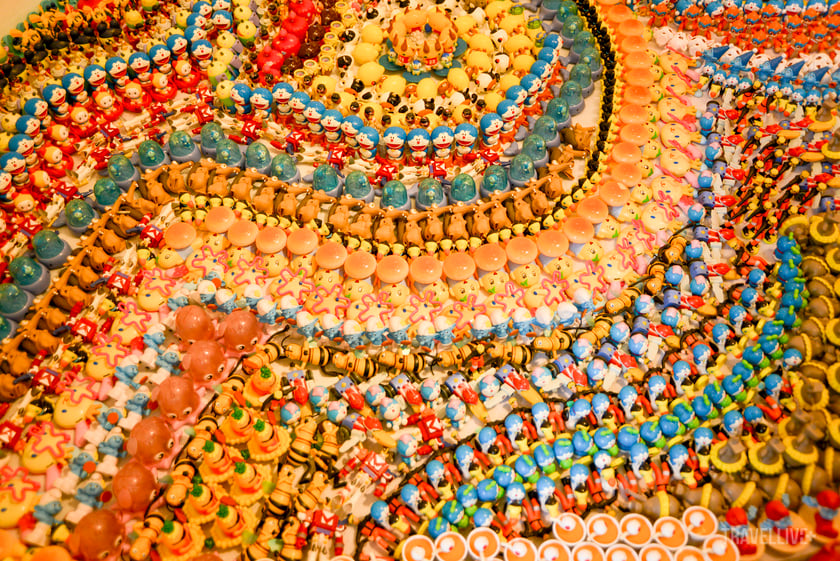
The harmonious combination of toys
These items were once the joys and toys of children's childhood, but eventually became waste, not recycled properly. With his creativity and artistic talent, Fuji has arranged them into impressive and attractive works, creating a new world full of color and meaning.
The exhibition organizers said: "Most of the people who come here are parents who bring their children to play and explore. Besides, many young people also come to check-in and experience the exhibition space. When participating, children can bring their favorite toys and exchange them for another one at the experience area. This helps children have more fun, learn to share and discover new things."
Fuji Hiroshi not only uses plastic toys to create works of art, but also wants to convey an important message: we need to change the way we consume and dispose of plastic waste. The exhibition “Plastic Era” is a reminder that every discarded plastic item can have a new life, if we know how to recycle and utilize it.
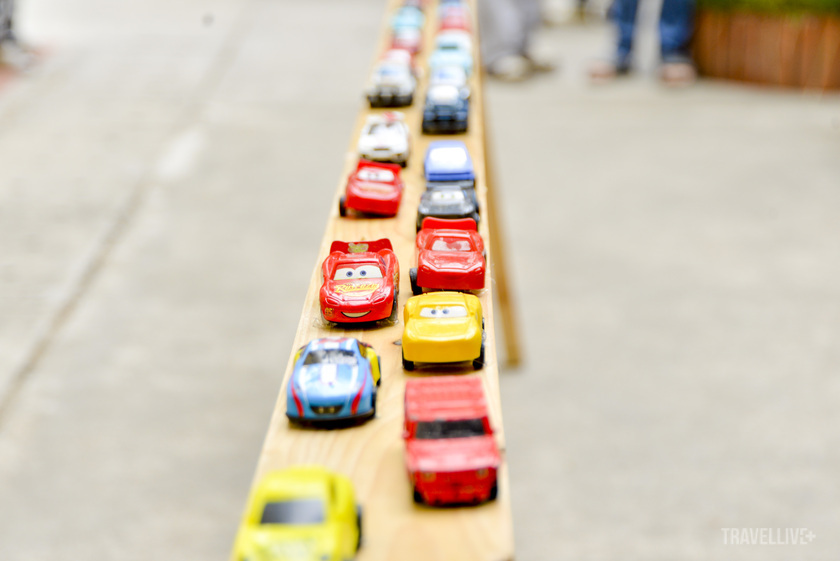


Artwork at the exhibition
The “Plastic Age” exhibition features a series of works that recreate images of dinosaurs, animals and other creatures using colorful plastic toys. Each work is a subtle combination of color, shape and texture, creating a lively space, stimulating the viewer’s imagination, especially attracting young children.
The dinosaurs in the exhibition are not only symbols of the past but also a meaningful metaphor. Through this approach, Fuji Hiroshi skillfully reminds viewers of the connection between life in the past, present and future as well as the impact of humans on the environment. A special feature of the exhibition is its accessibility to all ages.


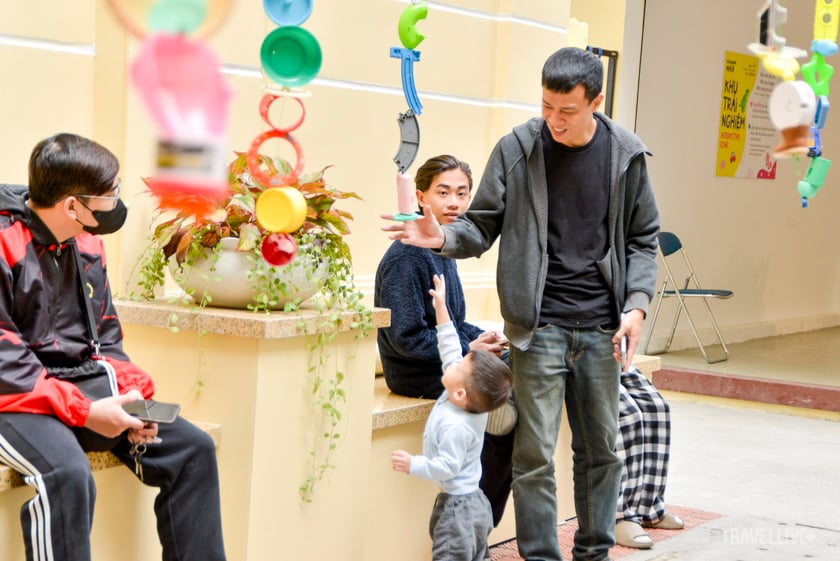
The exhibition attracted children's attention.
For children, this is a space filled with vibrant colors and images, arousing curiosity and interest. For adults, these works evoke reflections on consumerism, waste and environmental responsibility.
One of the things that makes this exhibition special is its ability to connect with viewers of all ages and backgrounds. Contemporary art is often seen as inaccessible, but Fuji Hiroshi has found a way to turn an inaccessible subject into a colorful and engaging experience.
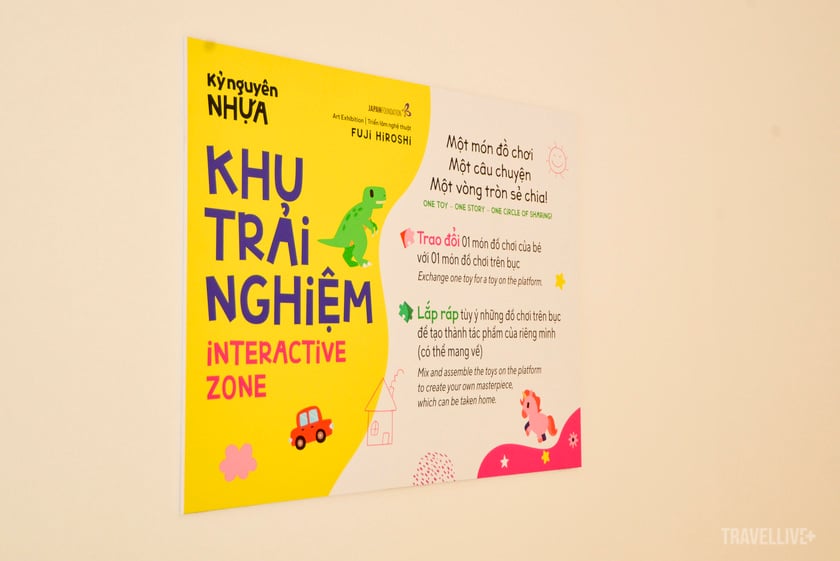

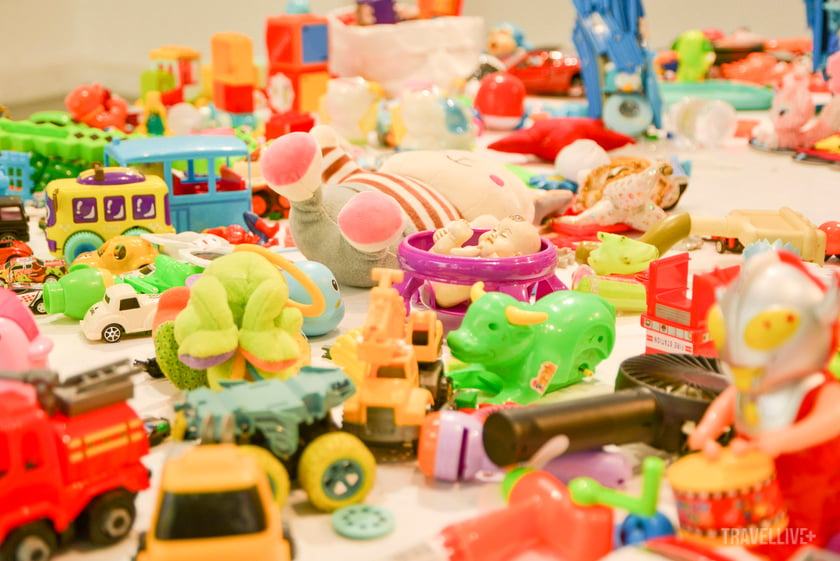
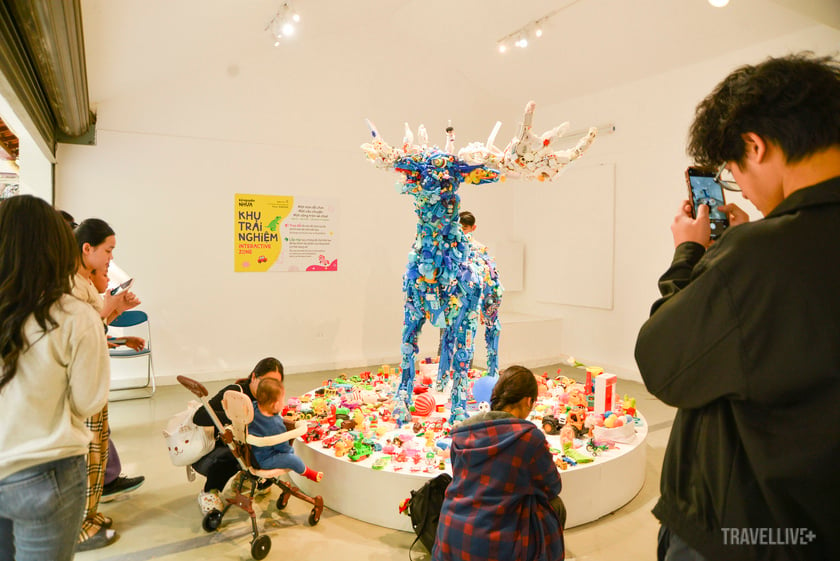
Exhibition space
The familiarity of the toys helps viewers feel closer to the work, thereby easily receiving the message the artist wants to convey. Instead of using paintings or images, Fuji Hiroshi chooses to tell stories through toys.
In addition, the exhibition also opens up opportunities for viewers to participate in interactive activities, such as arranging plastic toys themselves or contributing old toys to be recycled into works of art. This is a smart approach that both helps raise awareness and creates a connection between art and real life.

“The Plastic Era” is not just an art exhibition, but also a warning about the impact of plastic waste on the environment. This exhibition is a testament to the power of art to create change. It not only brings interesting experiences but also inspires people to recycle and reduce plastic waste.
Come and experience and reflect on how we can contribute to environmental protection through small but meaningful actions. The exhibition will take place at the Japan Foundation Center for Cultural Exchange in Vietnam, 27 Quang Trung, Hoan Kiem from March 15 to June 1.






